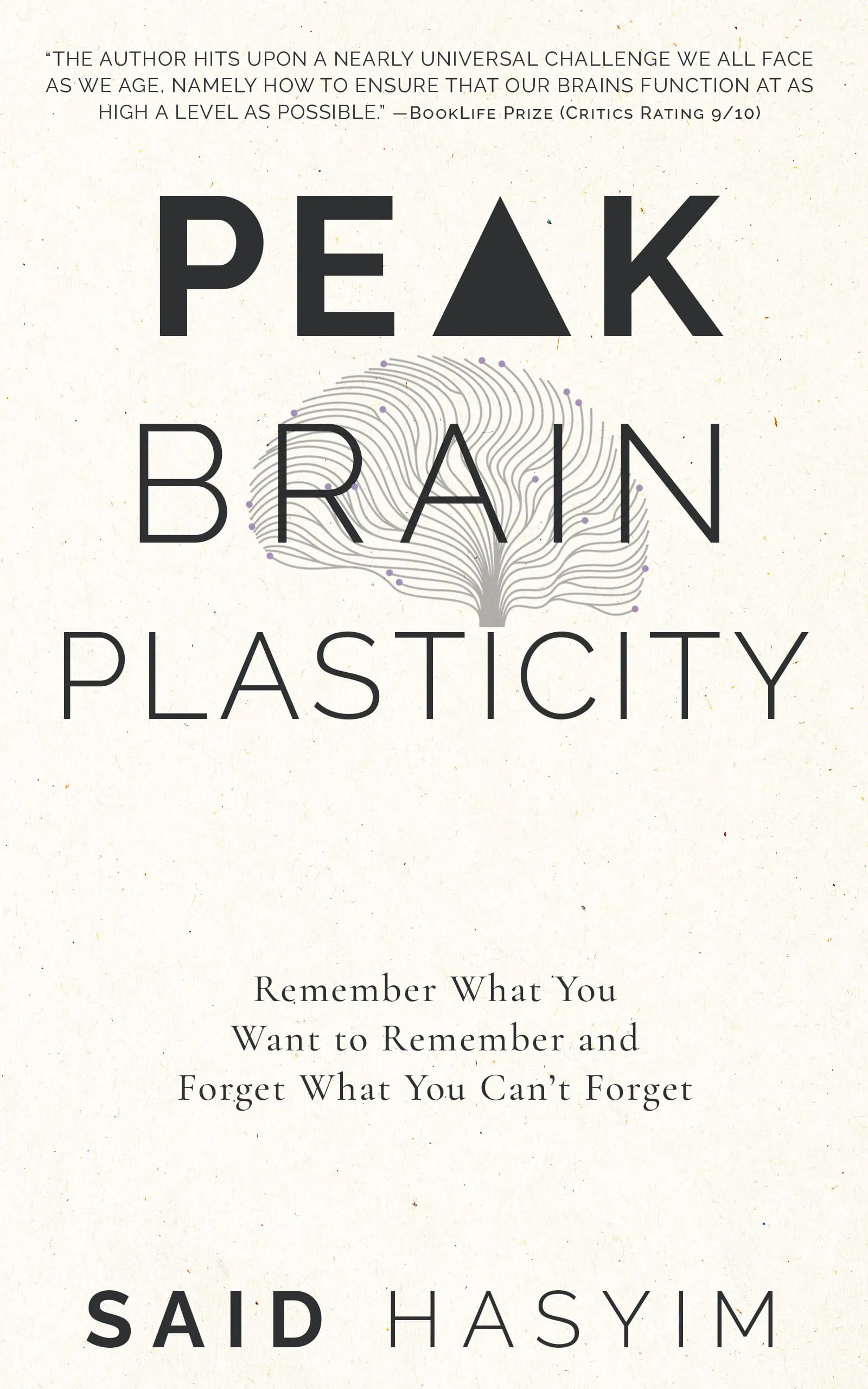Understanding Chunking: Simplifying Information
In our fast-paced world, we often find ourselves bombarded with information. From news articles and social media feeds to multifaceted academic texts and everyday tasks, the influx of data can often feel overwhelming. How do we navigate this sea of information? One powerful cognitive strategy that has emerged as a remedy for information overload is "chunking."
In this blog post, we'll dive deep into what chunking is, how it works, and practical ways to implement it in your daily life to simplify the process of learning, remembering, and processing information.
What is Chunking?
Chunking is a cognitive psychology term that refers to the process of taking individual pieces of information and grouping them into larger, more manageable units, or "chunks." This strategy can improve our ability to process and recall information, as the brain tends to work better with shorter, organized pieces than with long strings of random data.
A Brief History of Chunking
The concept of chunking was popularized by psychologist George A. Miller in his seminal 1956 paper "The Magical Number Seven, Plus or Minus Two." In this paper, Miller observed that the average person can hold about seven pieces of information in their short-term memory at any given time. This observation led to the conclusion that grouping information into chunks can help people process and memorize data more effectively.
How Does Chunking Work?
When we provide our brain with isolated pieces of information, it can be hard to make sense of them or remember them later on. However, when we chunk this information, we create a framework that helps us understand it better. Here's how chunking works:
Organization: Our brains naturally seek patterns and relationships. Chunking allows us to group related items together, forming an organized structure that is easier to recall.
Reduced Cognitive Load: By reducing the amount of information we need to remember, chunking decreases cognitive load, thereby freeing up mental resources for other tasks.
Enhanced Memory Recall: Studies show that organizing information into meaningful units improves the likelihood of accurately recalling that information later—thus transforming our approach to learning and memory retention.
Practical Applications of Chunking
Now that we understand what chunking is and how it functions, let's look at some specific strategies to apply chunking in various aspects of life.
1. Chunking in Learning
When you’re studying a subject or trying to master a new skill, chunking can be immensely beneficial:
Breaking Down Content: Instead of reading an entire chapter at once, break it down into sections. Summarizing each section or chapter into key points can help reinforce the material.
Using Mnemonics: Create acronyms or phrases to remember lists or sequences. For example, "HOMES" can help you remember the Great Lakes: Huron, Ontario, Michigan, Erie, and Superior.
Creating Mind Maps: Visual representations of information, like mind maps, group related concepts and topics together, making complex subjects more digestible.
2. Chunking in Everyday Tasks
Chunking isn’t just for academic subjects. You can apply it to everyday tasks as well:
Organizing To-Do Lists: Group tasks into categories (e.g., work, errands, personal) so you can tackle them more systematically.
Simplifying Recipes: When cooking, instead of thinking of all the ingredients individually, group them by how and when they will be used (e.g., prep ingredients, cooking ingredients, garnishes).
Phone Numbers and Addresses: Notice how phone numbers are often grouped (e.g., 555-123-4567). This makes them easier to remember and recall.
3. Chunking in Communication
In a world where clear communication is vital, chunking can enhance how we convey information:
Presentations: Organize your slides into main points and sub-points. This aids audience engagement and understanding.
Writing: Chunk your writing by using headlines, bullet points, and paragraphs. This not only makes your work visually appealing but also easier to digest.
Storytelling: Use story arcs or narratives to present information compellingly. Breaking your story into chapters or scenes will make it more engaging.
The Science of Chunking
Research supports the effectiveness of chunking. Studies have shown that people who practiced chunking could recall numbers and other information more effectively than those who didn’t. This has vital implications for education, training, and everyday life.
A classic example is the way experts in various fields, such as chess or language learning, utilize chunking. They group positions, moves, or vocabulary into larger patterns that are easier to handle. This ability to see the bigger picture enables them to make quicker, more informed decisions.
Conclusion
In times of information overload, chunking emerges as a powerful ally. Whether you're a student trying to master a new subject, a busy professional managing a plethora of tasks, or just someone looking to simplify everyday life, chunking can bring clarity and enhance memory. By embracing this technique, you can streamline your cognitive processes and transform how you interact with information.
Now, with a deeper understanding of chunking, you can take steps to apply it in various aspects of your life. The ability to simplify, categorize, and manage information effectively is not just a skill—it's a necessity in our complex world. So go ahead, start chunking, and watch as simplification transforms your learning and productivity. Happy chunking!
Harness the Power of Neuroplasticity
Discover Peak Brain Plasticity, a practical book to harnessing neuroplasticity. Enhance your memory, learn new languages quickly, and alleviate anxiety with effective study methods. Uncover daily habits that impact cognitive health and explore techniques for accelerated learning and memory retention. Unlock your brain's potential for growth and transformation.
